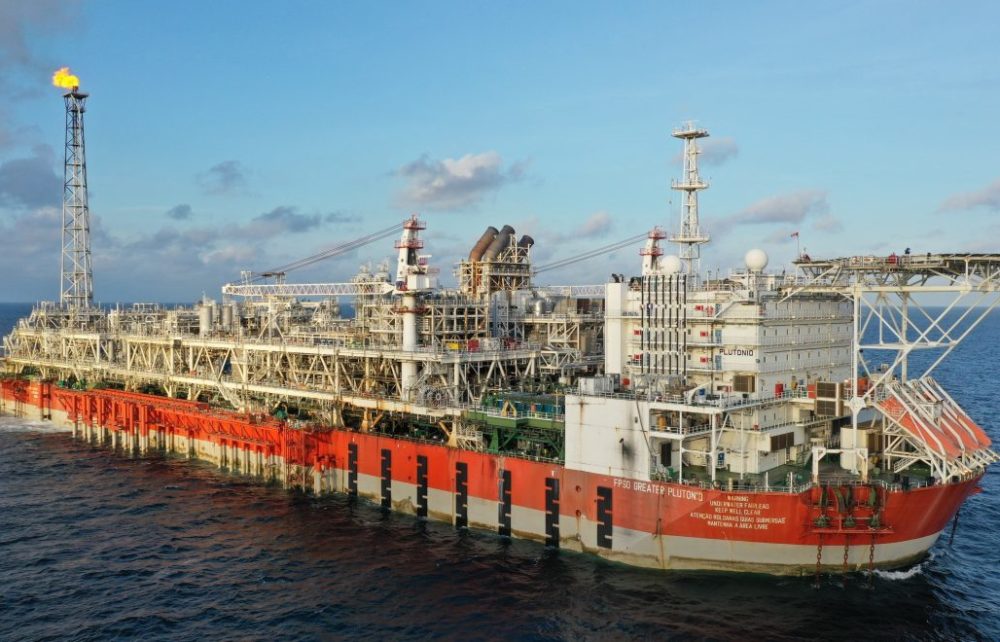China’s record imports of Iranian crude in recent months squeezed out supply from rival producers, forcing sellers of oil from countries such as Brazil, Angola and Russia to slash prices and divert shipments.
Iranian oil started to slip into China from late 2019 despite tough U.S. sanctions, but volumes began to surge only since late last year as oil rebounded above USD 60, according to Reuters.
China received a daily average of 557,000 barrels of Iranian crude between November and March, or roughly 5% of total imports by the world’s biggest importer, Refinitiv Oil Research data shows.
Brazil Rises to Become China’s Fourth Major Oil Supplier, Angola Slips
Most of these oil ended up in the eastern province of Shandong, China’s hub for independent refiners.
“These ‘sensitive’ barrels are hammering supplies from everywhere, as they are simply too cheap,” said a Chinese trader who handles oil sales to Shandong, quoted by Reuters referring to Iranian oil which was sold USD6-USD7 a barrel below that from Brazil earlier this year.
A second trader said suppliers from South America to West Africa and North Sea are boosting efforts to find new markets as Chinese demand plummeted.
South America’s top exporter Brazil and West Africa’s Angola were among the worst hit. Shipments from Brazil, which last year overtook Angola as China’s No. 4 supplier thanks to aggressive marketing and attractive pricing, fell 36% in January-February versus a year ago, though volumes climbed 16% on-year in March, according to Chinese customs and Refinitiv assessment.
While China’s appetite for Brazil’s sweet oil from Tupi field is “endless” – and the Asian country still pays a premium for it – current margins are less competitive, Roberto Castello Branco told Reuters on Sunday, in his last interview before stepping down as Petrobras Chief Executive Officer.
India has become a bigger market for oil from Brazil, West Africa and even North Sea as China’s demand cools, providing the world’s No. 3 importer with ample alternatives as New Delhi cuts Saudi oil purchases.
India’s imports of Brazilian and Angolan crude jumped for March to May arrivals while Europe took in more Brazilian oil between March and April than at the start of the year, Refinitiv data showed.
The onslaught of Iranian crude, passed off as oil from Oman, the United Arab Emirates (UAE) and Malaysia, has dampened prices for competing supplies like Norway and Brazil to multi-month lows, though they recovered moderately in the last couple of weeks.
Spot premiums for Brazil’s Tupi crude delivered into China in May earlier dropped to 10 cents a barrel to ICE Brent, down from more than USD1 a barrel for late December arrival before clawing back to 30-40 cents last week.
The surge in Iranian supplies, however, has not affected the market share of Saudi Arabia, China’s top oil supplier, as the OPEC kingpin serves a different client base – China’s state refiners and mega private plants.
With transactions mostly done in Chinese currency and in some cases end-buyers offered open credit, Iranian oil flows are expected to continue, especially as the private firms face little political pressure to quit the lucrative business.




